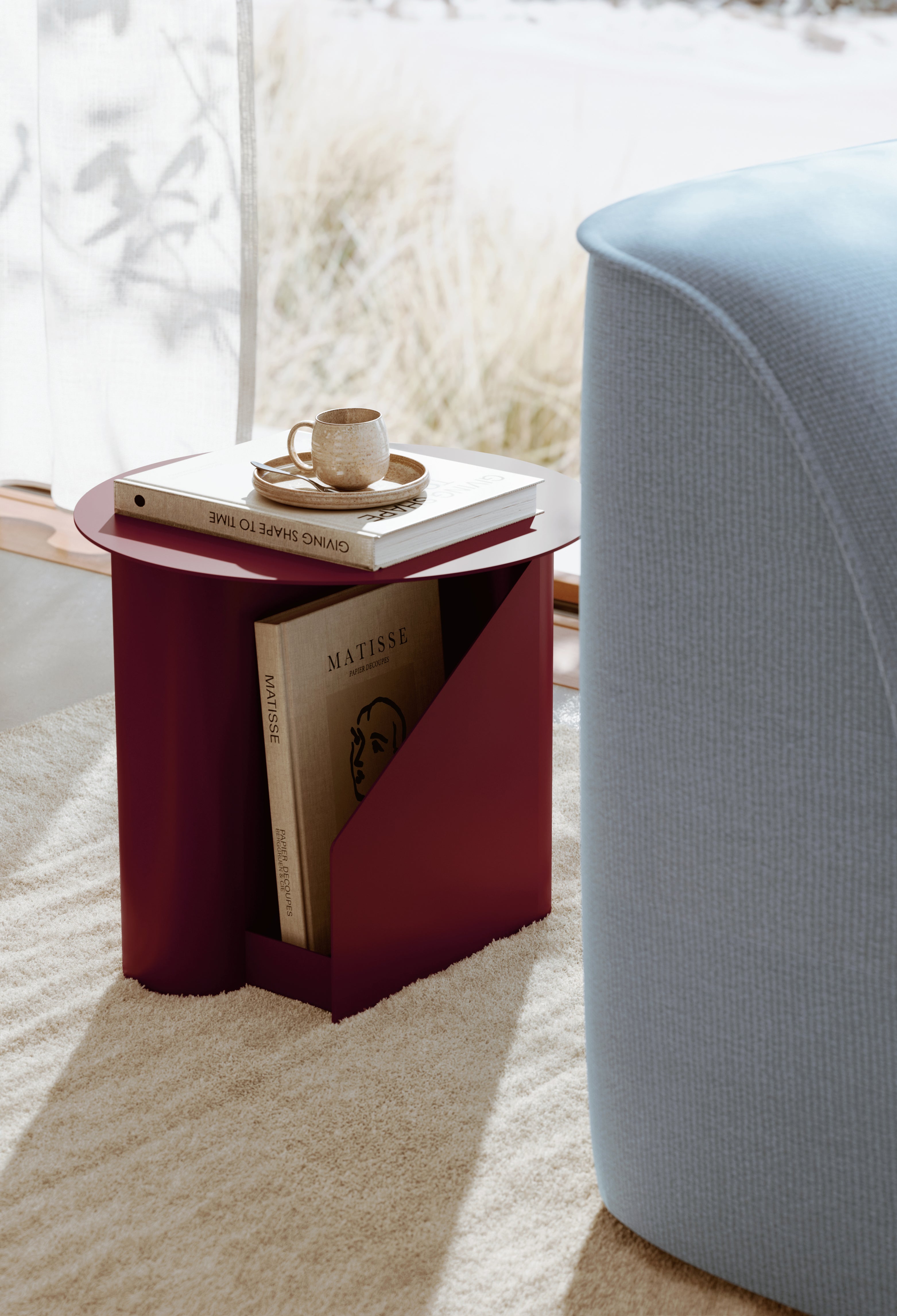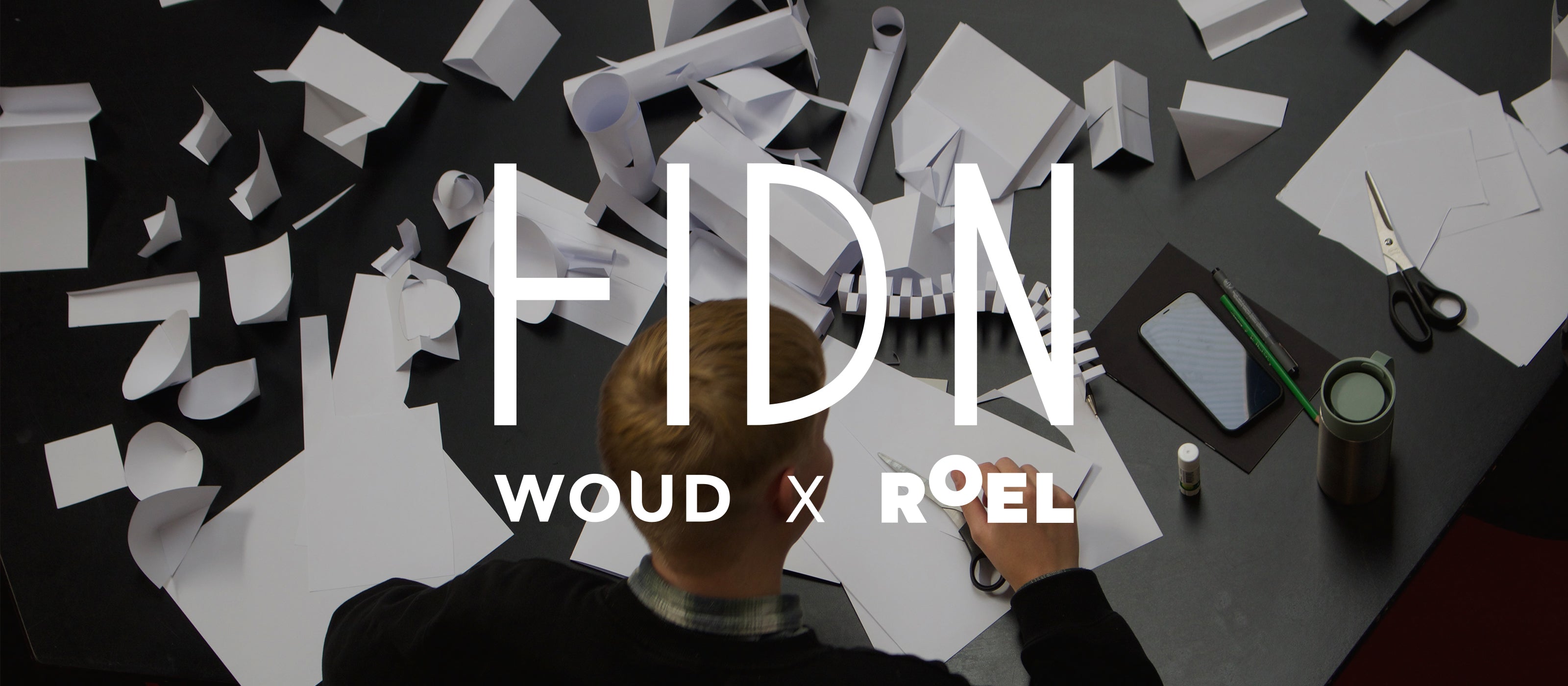Et afslørende designsprog
HIDN er en designtankegang, der handler om at tilføre funktionalitet, æstetik eller værdi til et produkt uden at tilføje ekstra materiale. Det handler om de skjulte aspekter - det, man ser og ikke ser omkring sig. En kontinuerlig søgen efter og udforskning af de muligheder, der gemmer sig i materialet eller processen: former, funktioner, idéer, effektivitet, følelser eller designdetaljer, som venter på at blive opdaget. Det er de skjulte skatte, man uventet finder undervejs i designprocessen.
Dette grundlæggende princip kaldes precycling og fungerer som den bærende idé bag HIDN-designsproget. Når man tilgår designprocessen med HIDN som tilgang, begynder man at se produkter i et nyt lys.
Tænk på det som et naturligt integreret step i processen for hver streg man sætter på papiret og for hver idé, man får i design- og udviklingsfasen.
Grundtanken er at udnytte og optimere materialer og ressourcer allerede fra begyndelsen i stedet for først efter produktionen. Med en precycling-tilgang tager man aktivt initiativ før produktionsfasen og arbejder med materialerne, før de bliver til overskydende ressourcer. På den måde optimeres både materialer og processer tidligt, mens de skjulte muligheder udfoldes med omtanke.
Det er et nøgleelement i ressourceoptimering og kernen i HIDN-designsproget.
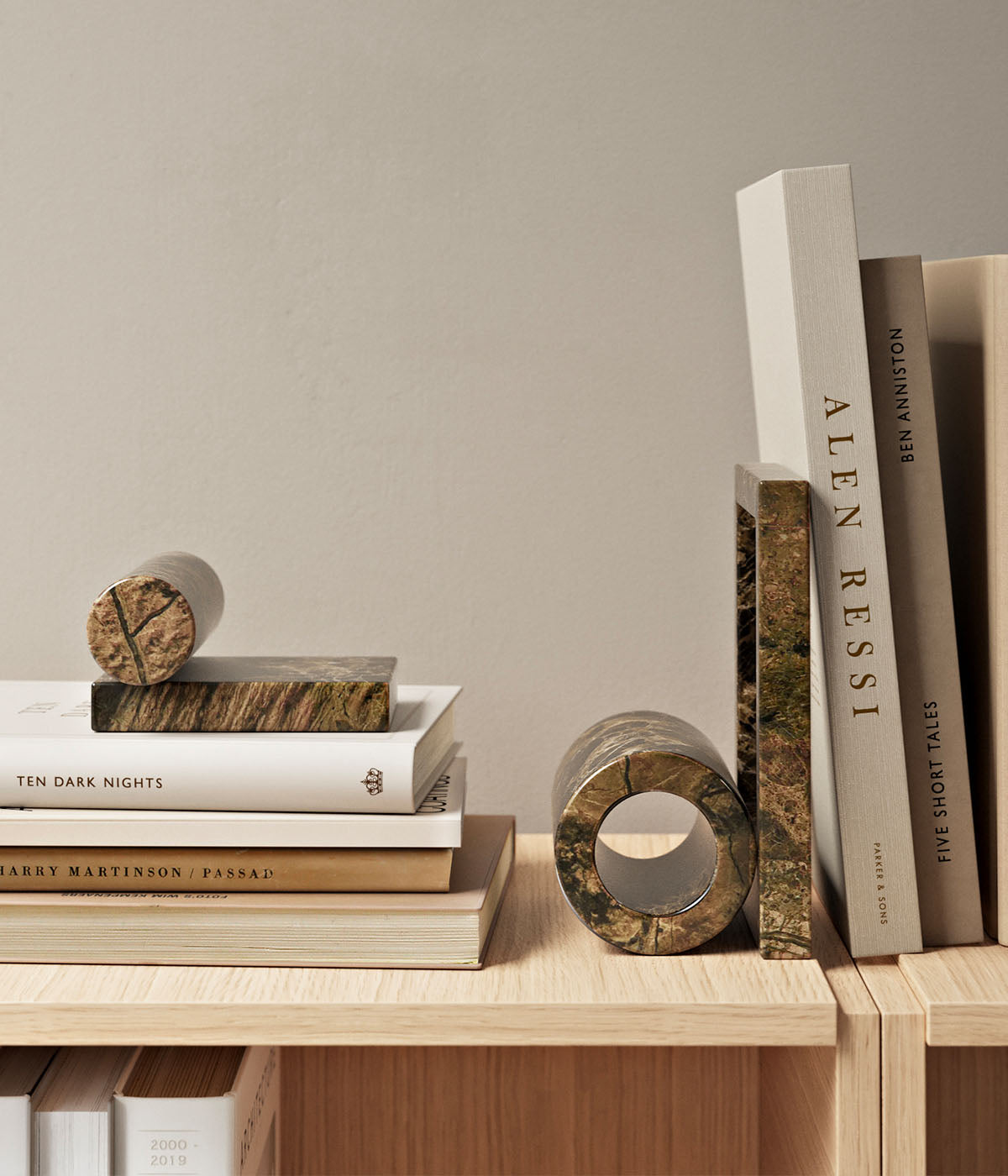
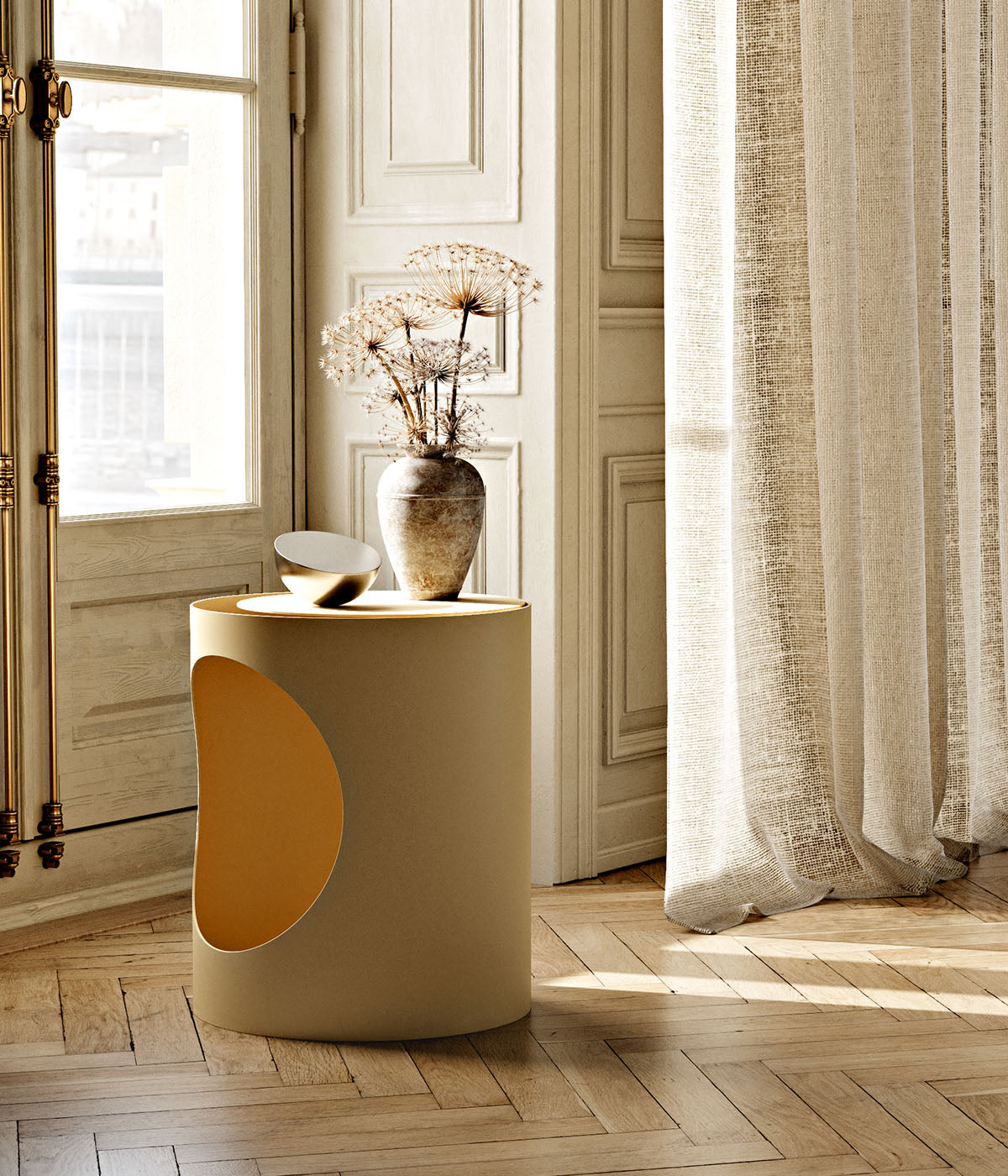
HIDN designsproget er
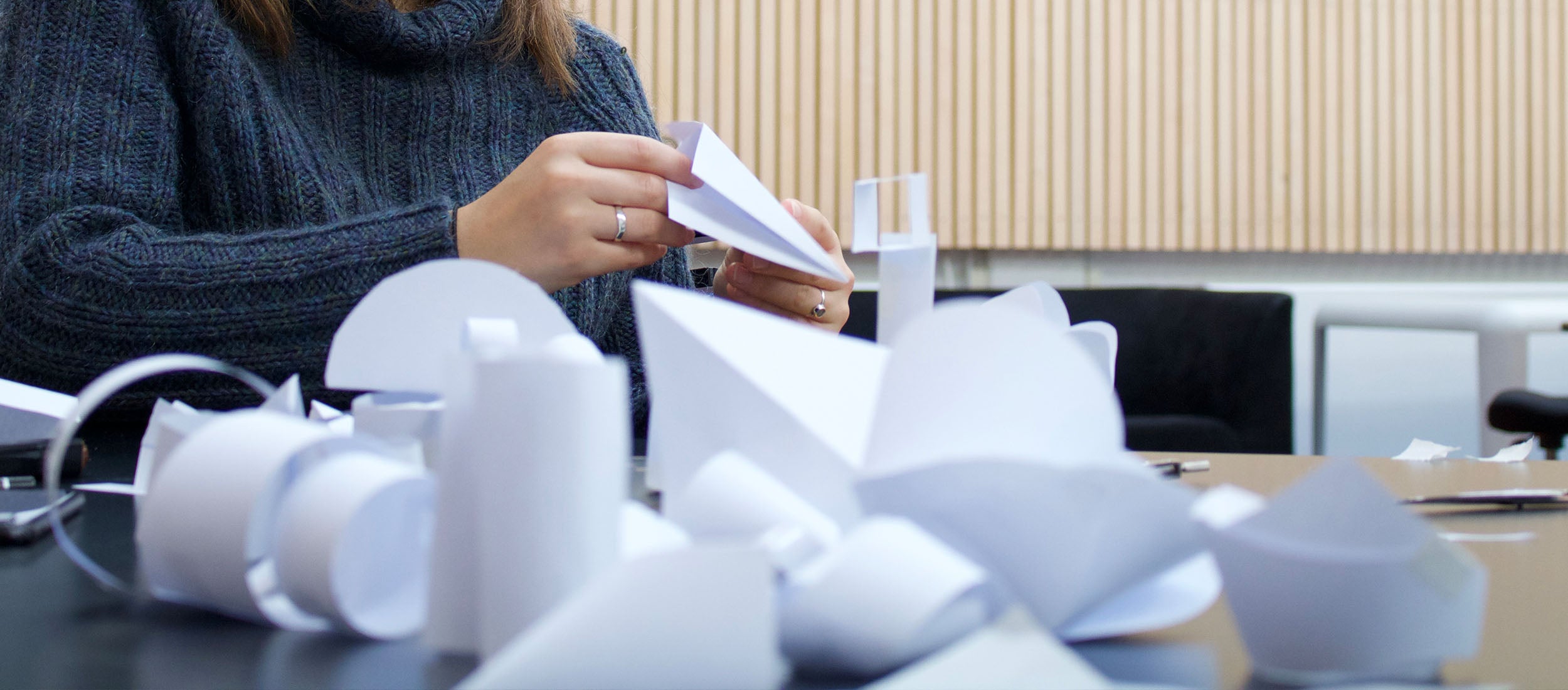
Tilbage til rødderne
Samarbejdet med designere har altid stået vores hjerter nær. Derfor giver det mening for os at støtte kreative studerende og kommende designtalenter ved at byde deres idéer og perspektiver på fremtidens design velkommen. Det ligger i naturlig forlængelse af vores oprindelige vision om at skabe et designkollektiv for nye talenter og give noget tilbage til designfællesskabet.
I 2023 lancerede vi HIDN Designkonkurrencen, hvor designere fik mulighed for at blive en del af HIDN og selv udforske de skjulte skatte i designprocessen. Det resulterede i hundredvis af overraskende, engagerende og originale bud på tolkninger af HIDN-koncept - samtidig med at et nyt HIDN-design fandt vej til vores WOUD-kollektionen
Læs mere om HIDN Designkonkurrencen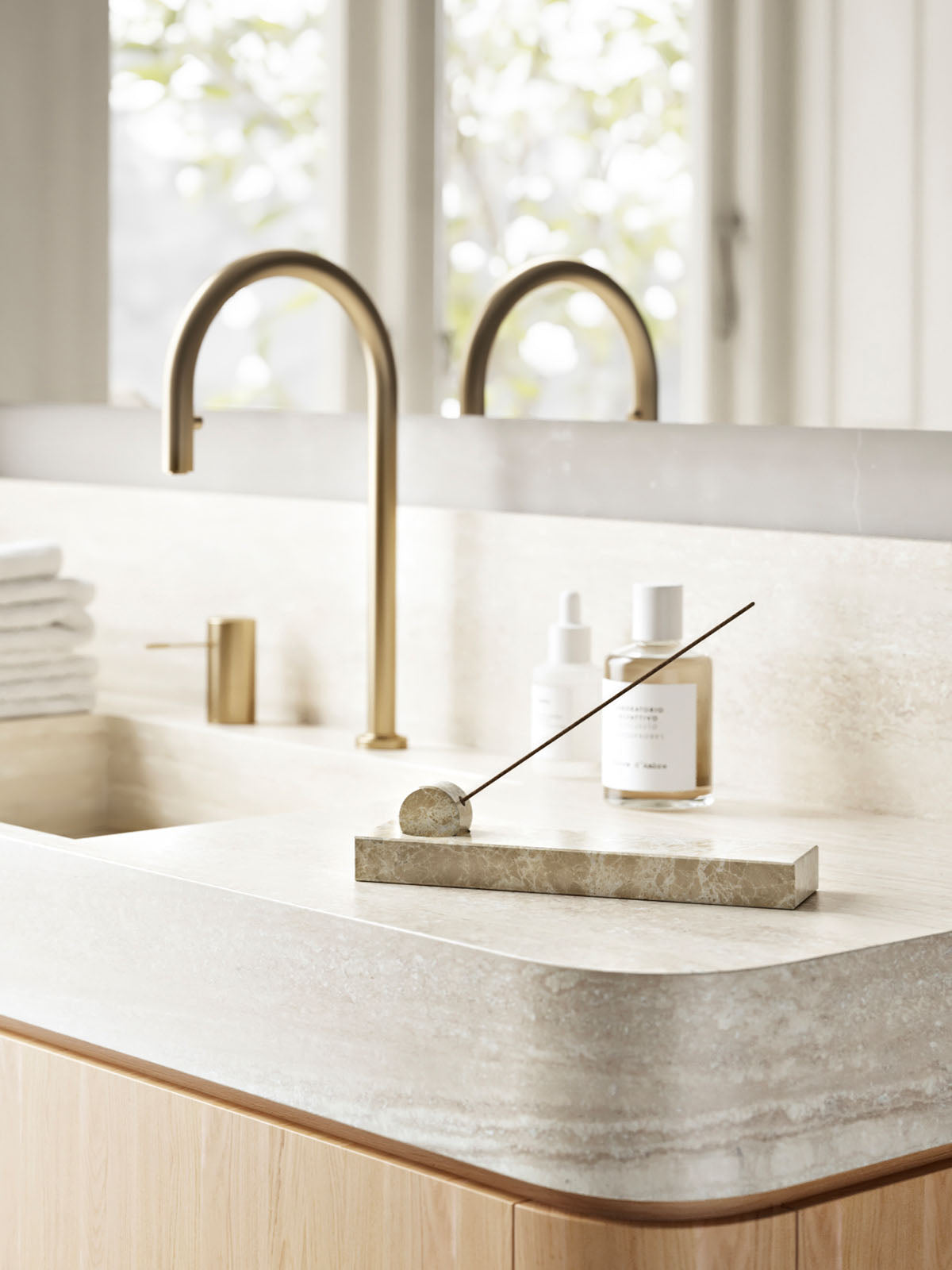
"Jeg håber, at HIDN-konceptet kan inspirere dig til at tænke ud af boksen, være nyskabende og udfolde din kreativitet"
- Roel Vandebeek
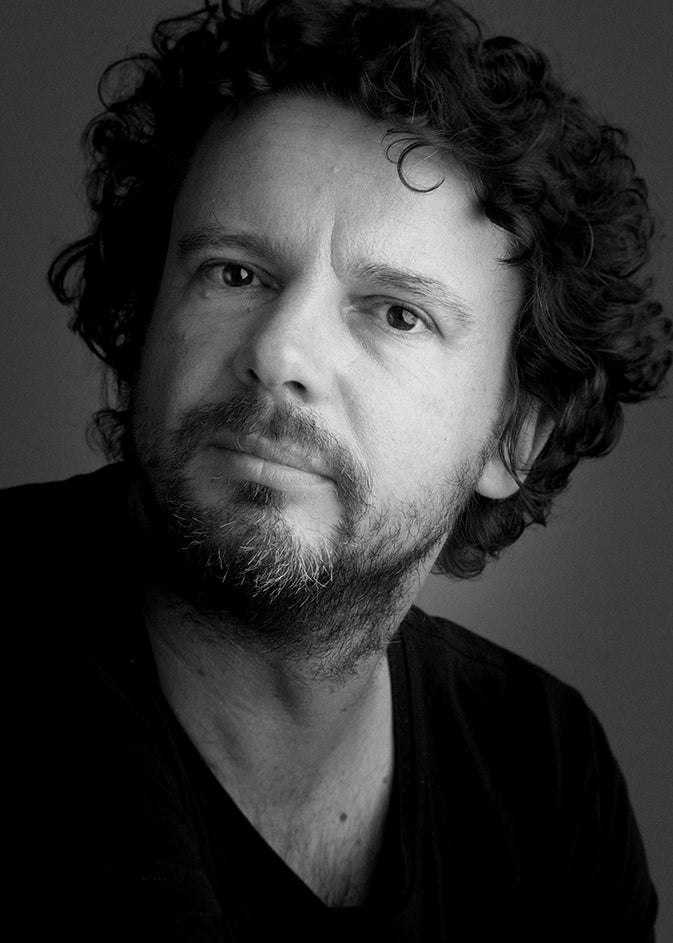
Mød Roel Vandebeek
Den kreative sjæl bag HIDN
Humor, brugervenligt design, taktilitet, effektivitet, bæredygtighed, semiotik, omtanke og enkelhed - altid med et strejf af originalitet. Disse værdier afspejler arbejdet hos den erfarne belgiske designer og kunstner Roel Vandebeek, som sætter stor pris på at skabe interaktion gennem design og inviterer til dialog.
Siden begyndelsen af sin karriere har Roel udforsket et bredt spektrum af discipliner inden for kunst, industrielt design og interiør. Denne holistiske tilgang til design førte til grundlæggelsen af det kreative hotspot Dêpot des Arts. Denne konstellation giver ham mulighed for at påbegynde og fordybe sig i projekter med kompromisløs nysgerrighed og helhjertede løsninger.
Med sit kreative sind er han drivkraften bag HIDN-konceptet. Et design-sprog, der er skabt for at gentænke affaldsreduktion og samtidig skabe meningsfulde designløsninger.
"Jeg håber, at denne nye måde at tænke og håndtere nye produkter på kan ses som en inspiration til at overveje andre problemstillinger på samme åbne måde. Jeg tror, at designeres rolle i stigende grad handler om at finde nye måder at løse problemer på, frem for blot at designe nye ting," forklarer Roel Vandebeek.
HIDN Kollektionen
For at bringe HIDN-konceptet til live har vi undersøgt, hvordan dets principper kan tage fysisk form. Her deler vi et udvalg af konceptuelle designs, der hver især fortolker HIDN-tankegangen - kun ét er i produktion, mens resten fungerer som inspiration.
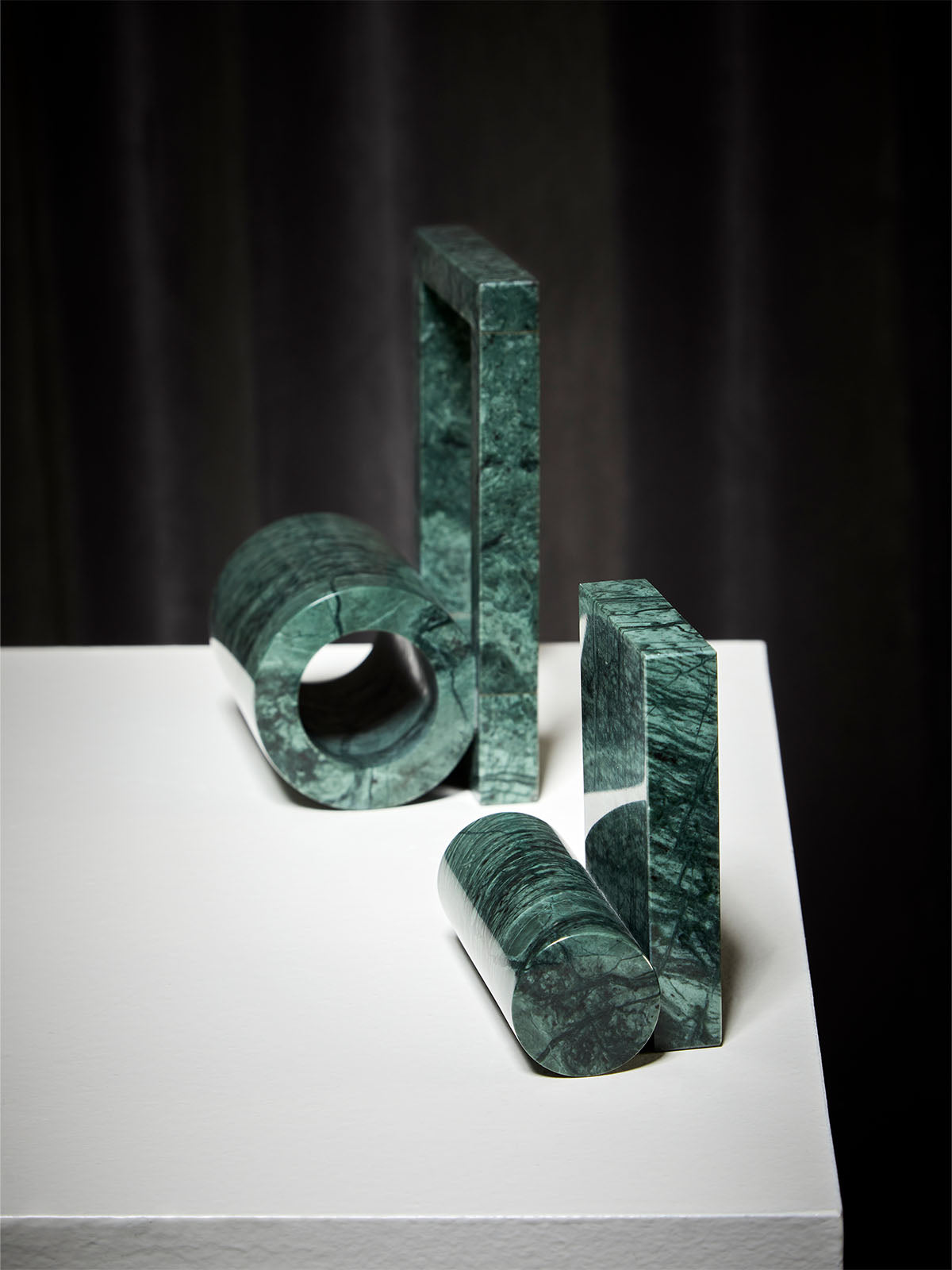
BOOKND
Booknd bogstøtterne er en sand demonstration af et grundlæggende princip i HIDN-designsproget: Nemlig at få mere ud af et produkt end oprindeligt planlagt.
For at opnå sin egentlige funktion har en bogstøtte brug for en vis masse. En masse, der i dette tilfælde skjuler et ekstra stykke, som du kan tage ud og bruge til endnu en bogstøtte. Det giver dig to individuelle produkter i stedet for ét uden at tilføje yderligere materiale. Designet ud fra HIDN-tilgangen optimerer Booknd både materialet og processen, samtidig med at de illustrerer en synlig og håndgribelig forbindelse mellem de to adskilte men forbundne objekter.
Køb Booknd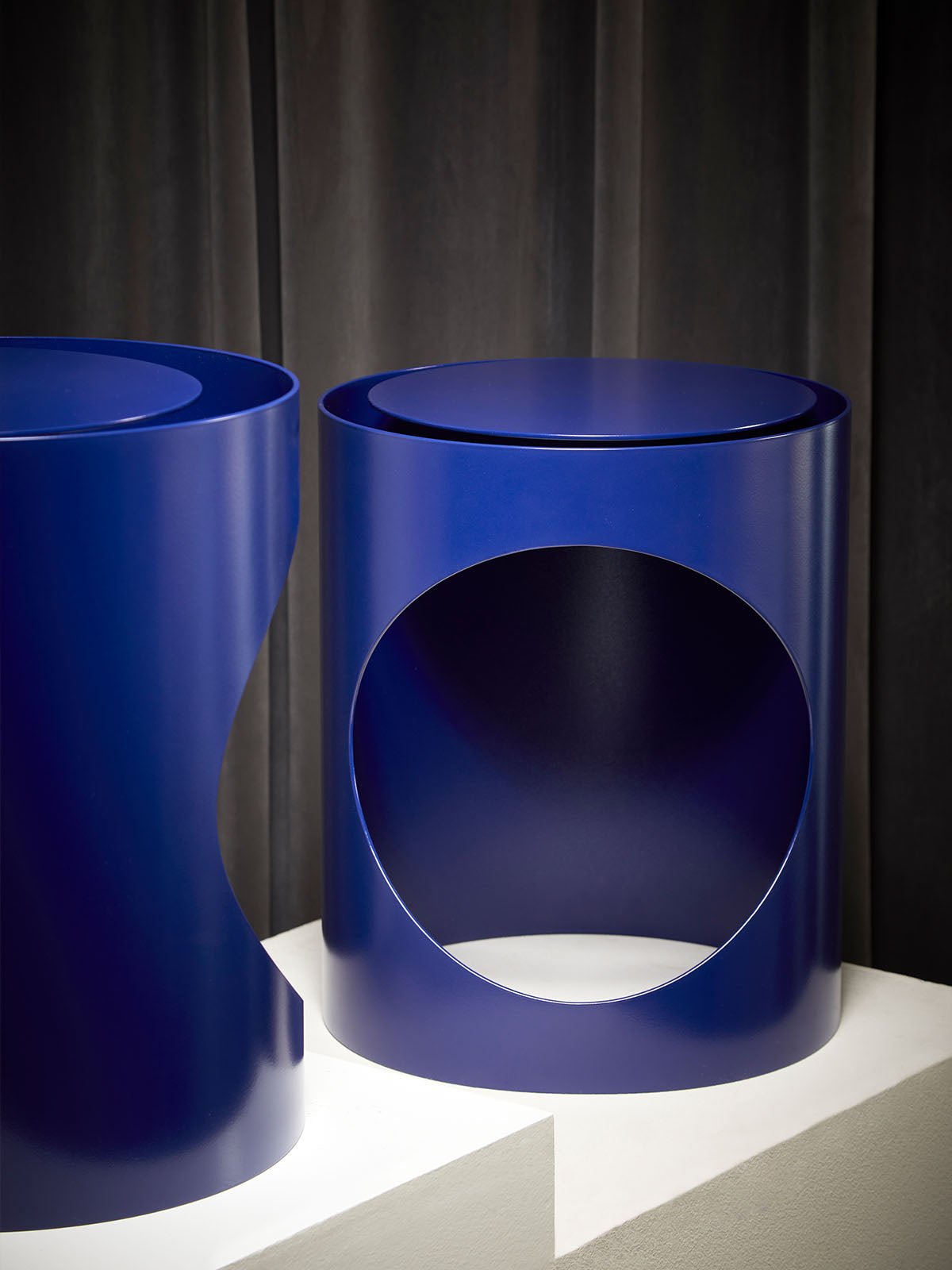
TABL
Tag et kig på Tabl. Kan du spotte den skjulte del? En cirkulær del af den klassiske cylindriske base er blevet udskåret og omdannet til en funktionel bordplade. Det efterlader et rundt, åbent rum i fundamentet og skaber en tydelig visuel silhuet. Med denne legende og håndgribelige tilgang optimerer vi materialet, ved at tilføre designet en ny funktion, uden at tilføje ekstra materiale. Samtidig optimerer vi produktionen, da laserskæreren kan skære både fod og bordplade samtidigt. Formen fra åbningen og bordpladen genbruges, hvilket sikrer en ansvarlig og tidlig reduktion af ressourcer.
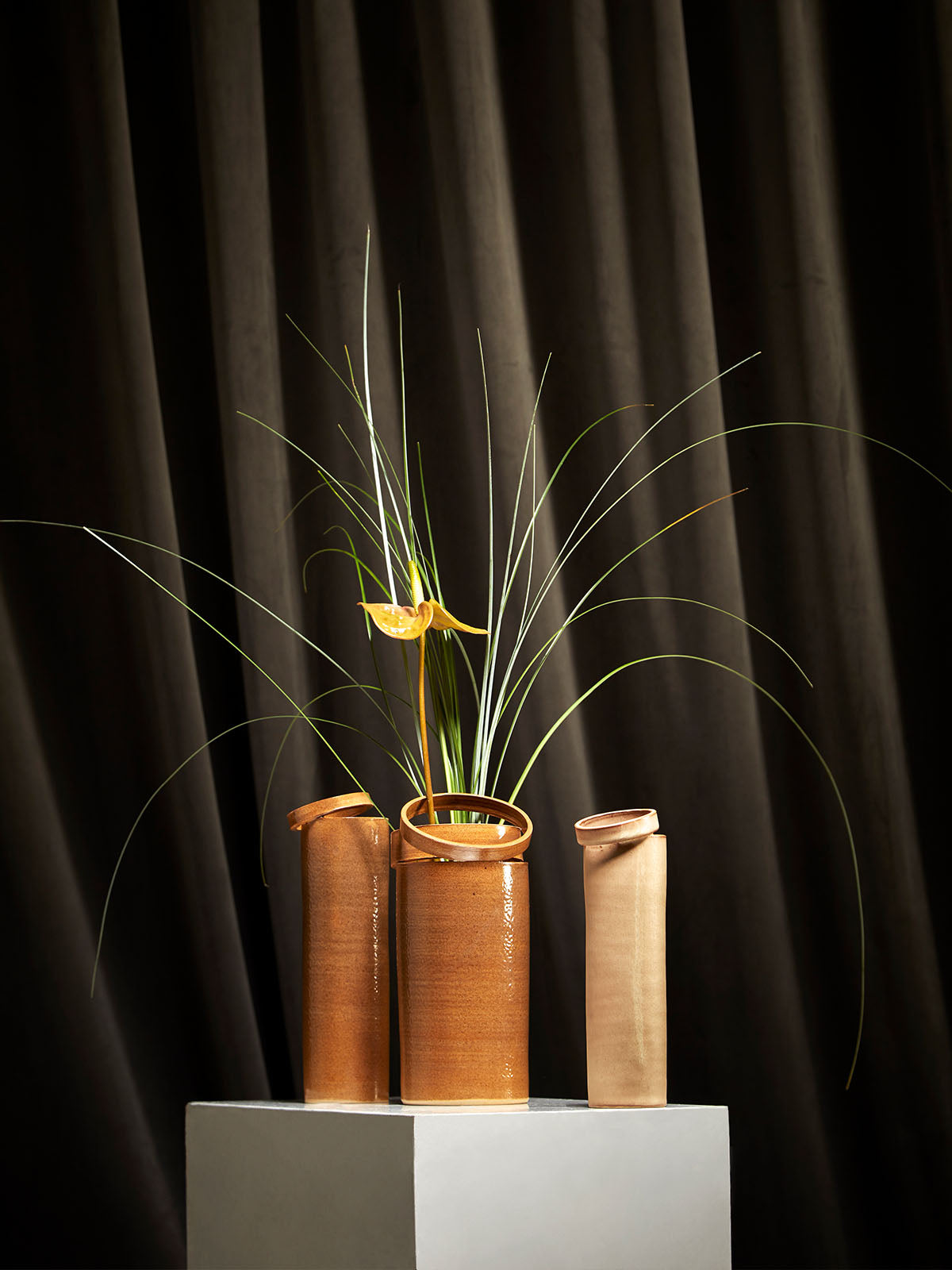
FLOWR
Der findes utallige skjulte muligheder i grundlæggende former, som venter på at blive udfoldet. Flowr er inspireret af den arketypiske silhuet af en vase. Med ønsket om at tilføje en funktionel detalje samtidig med, at æstetikken fremhæves, opstod idéen om en integreret blomsteropdeler. Ikke som et separat element, men ved at udnytte materialet fra selve vasens form.
Som et naturligt trin i produktionen, kan keramikeren nemt skære en eller to ringe af toppen af den færdige vase, og placere dem i en skrå vinkel. Dette giver mulighed for at arrangere enkelte blomsterstilke eller små bundter på en levende, men defineret måde. Denne merværdi er kernen i HIDN-designsproget.
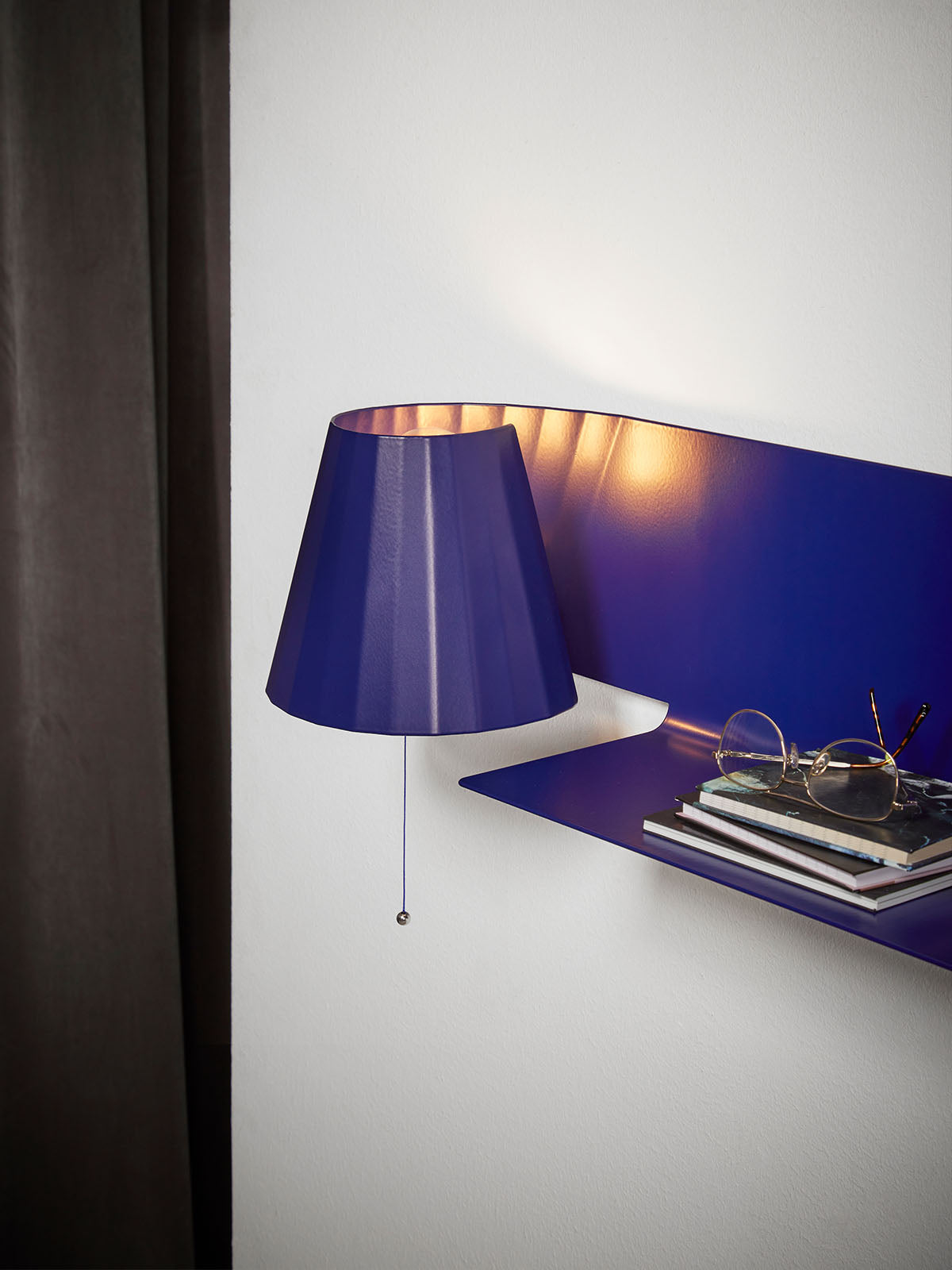
BOOKLIHT
Som navnet antyder, forener Bookliht en reol og en lampe på en enkel og gennemsigtig måde, hvor to almindelige funktioner subtilt smeltes sammen. Bookliht viser en anderledes tilgang til HIDN-designsproget. Ved at anvende HIDN-tilgangen som en naturlig del af designprocessen, opdagede designeren muligheden for at integrere lampen i reolen og tilføje en skjult funktion. Resultatet er et legende og karakteristisk design, der giver et øjebliks overraskelse.
Lampeskærmen er lavet af det samme stykke metal og tilføjes på det rette tidspunkt i produktionen for at optimere processen. Kombinationen af to produkter i ét betyder også kun én produktion, én emballage og én transport.
Kontakt os
Er du nysgerrig på at lære mere om HIDN? Uanset om du har spørgsmål, har brug for yderligere materiale, eller ønsker, at vi kommer til dig med en præsentation eller workshop, vil vi meget gerne høre fra dig.

